IN SUMMER, “ALL ROADS LEAD TO SOCHI”, AT LEAST FOR RUSSIANS LIVING IN THE WEST OF THE COUNTRY; THOSE IN THE EAST, HOWEVER, YEARN FOR PRIMORYE. GO TO ANY BEACH IN AUGUST-SEPTEMBER AND THE NUMBER PLATES ON DISPLAY WILL BE A GEOGRAPHY LESSON ON THE FAR EAST.
TEXT: EVGENY KONOVALOV
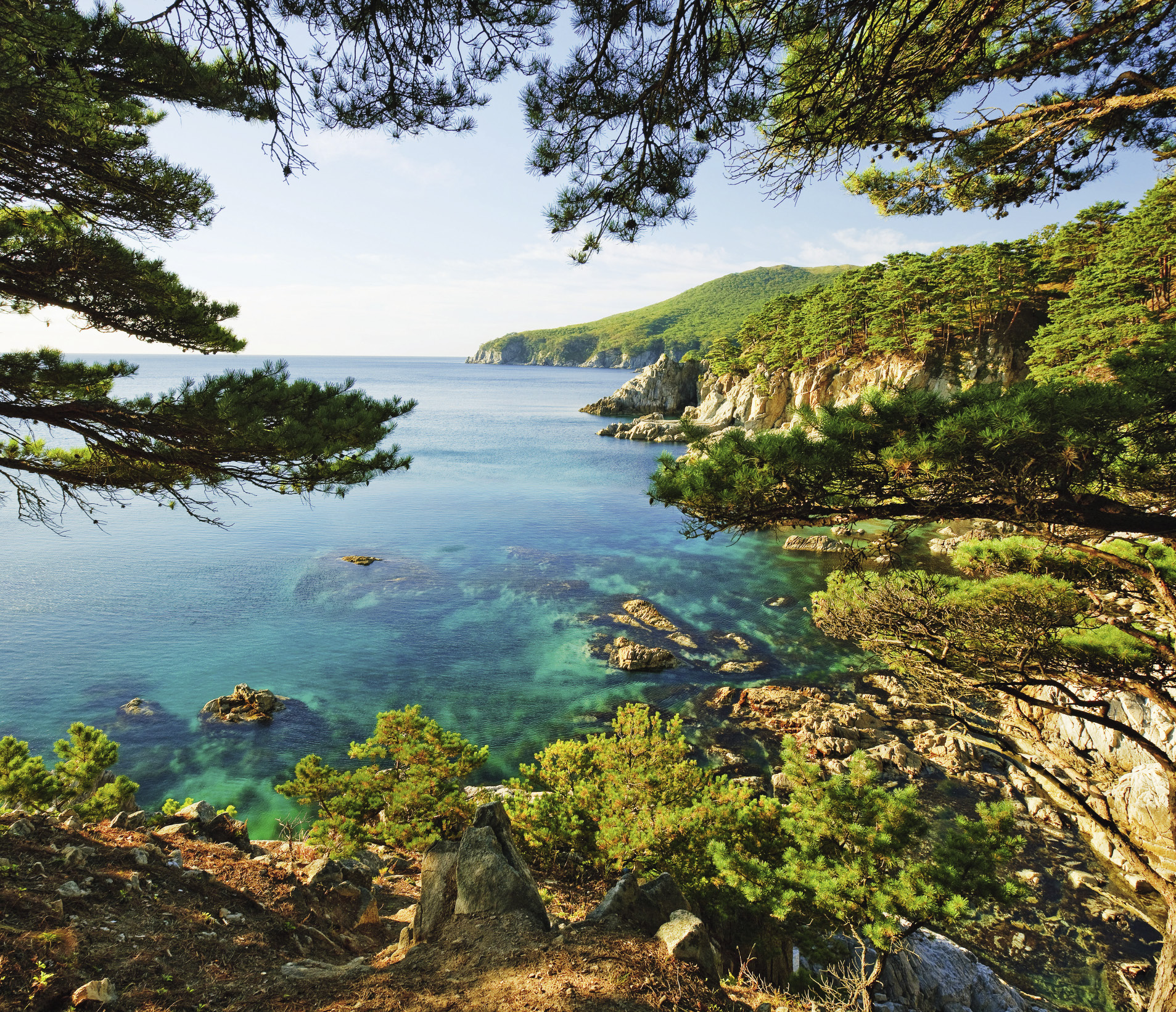
Primorsky Territory is much more than just sea, although the sea means a lot in these parts. Tourists from various regions come here every summer to swim, sunbathe, dive and enjoy the local seafood delicacies.
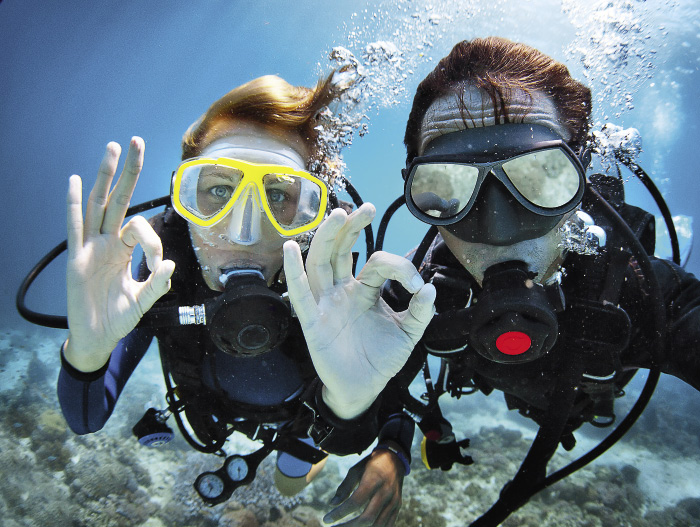
On Sochi’s Latitude
Vladivostok, the capital of Primorye, almost shares the same latitude as Sochi. Although you won’t find palm trees here, the summers are hotter than those of the Caucasus’s Black Sea coast. Still, the weather is quite capricious. In June, Vladivostok can be shrouded in a fog which brings a certain mysticism and charm to the city. Local photographers often hunt for beautiful shots in the pre-dawn hours. In July, Vladivostok is sunny and hot, and the city is almost dead on weekends when everyone rushes to the sea. In August, typhoons pay a visit, bringing the long-awaited freshness and coolness of their rains to Primorye.

The best season, however, comes in September. They also call it “the fourth month of summer”. It’s sunny every day, but without the stifling heat. The water temperature in the Sea of Japan stays at around 20 degrees until October. In general, the mellow autumn season is the best time to visit Vladivostok. Also, September is the high season of various cultural events of every size in Vladivostok. One such event is the Pacific Meridian Film Festival, which gathers Russia’s most prominent film stars for the entire city to come and see on the red carpet.
During the festival, famous guests visit faraway provinces to hold creative meetings, where they are greeted with true far-eastern hospitality.
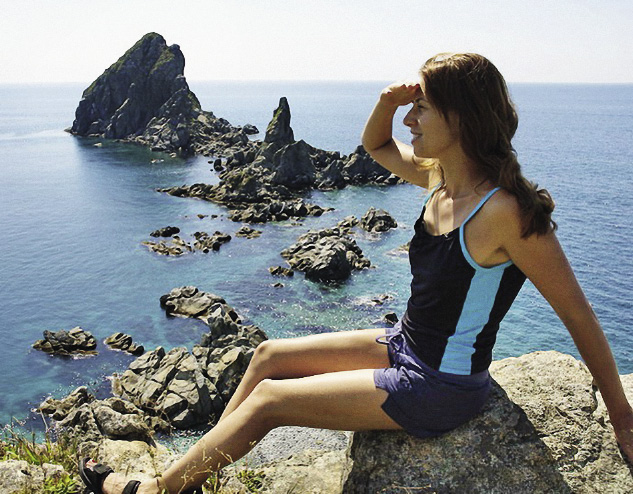
Of course, the guests also enjoy the nearby islands, swimming in the wonderfully clean sea, scuba diving, and tasting local seafood delicacies like mussels, sea cucumber, and scallop. Some of the film stars are so engrossed by the seaside beauty that they come here several times a year.
A European City in Asia
The phrase “Vladivostok may be far, but it’s still our city” belongs to the leader of the world proletariat, Vladimir Lenin, and everyone coming to Vladivostok by train sees it engraved on the wall of the train station. On the platform itself there is a sign, “9288 kilometres” — the distance between Primorye and Moscow. Vladivostok is the last station of the Trans-Siberian Railway.
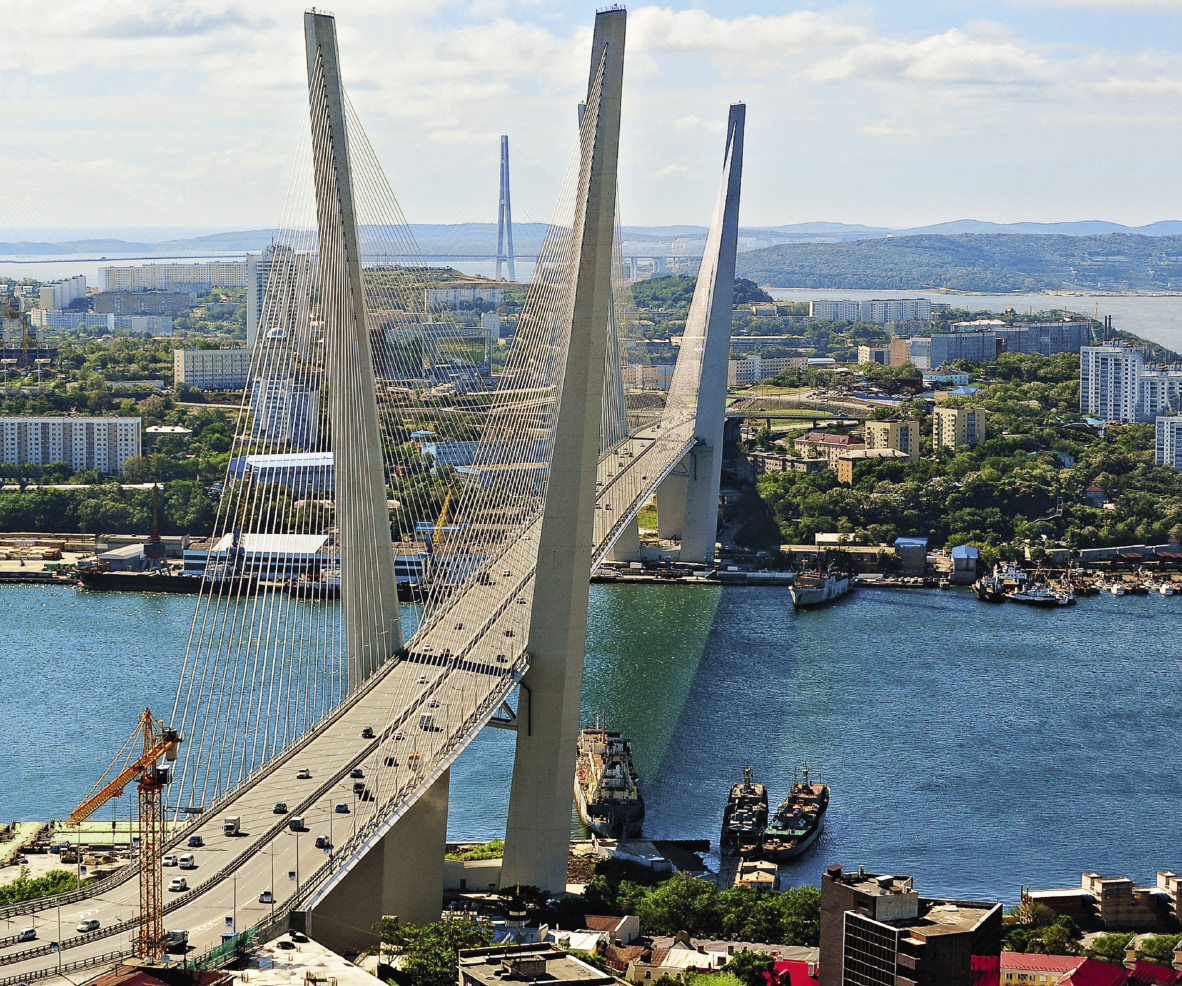
The city is often compared to San Francisco. The first one to make that comparison was Nikita Khrushchev, and it has become a popular one. Nevertheless, Vladivostok has its own unique image. This is a city surrounded by the sea on three sides, a port city with all the elements of port life. It is surrounded by volcanic hills which offer breath-taking views while narrow streets in the city centre are filled with Japanese cars buzzing around.
Two things strike a visitor to Vladivostok: the complete absence of domestically-produced automobiles and an abundance of beautiful women. The nature of Primorye is truly very generous in producing beauties.
Foreigners often call Vladivostok “a European city in Asia”, and that is one of the reasons they are drawn here. Of course, proximity to Asia has left its mark on the city: you’ll see that in the old city quarters which were built by the Japanese and Chinese, of whom many lived in Vladivostok at the beginning of the 20th century. When visiting the Primorye capital, be sure to take a tour around the Asian landmarks of the city, which are very interesting and colourful!
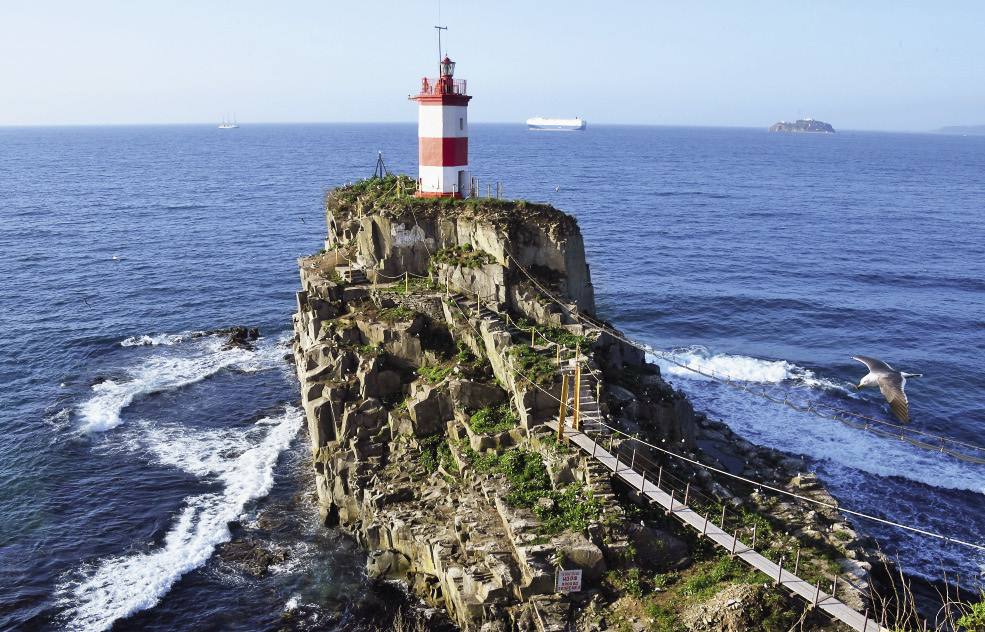
During the Russo-Japanese war, Vladivostok was turned into a fortress. One of the landmarks of the city is the Vladivostok Fortress, a museum of fortification architecture. The numerous forts have many secrets to tell. It is said that underground tunnels were dug under the entire city (one of them even leading to the Russky Island). Local diggers are glad to show tourists the dungeons and catacombs, sharing all sorts of horror stories.
It is believed that anyone visiting Vladivostok should achieve three things: take a ride on the funicular, take a photo with the Golden Bridge in the background, and visit the extreme point of the mainland at the Tokarevsky lighthouse. The rest is optional, but the city has enough to offer: museums, theatres, art galleries, restaurants and nightclubs. And, of course, the sea…
Southernmost Russia
The name Primorye (“the land near the sea”) speaks for itself. The coastline of the region exceeds 900 kilometres, plus about a hundred large and small islands. The Russky, Popov, Reineke islands, the Peschany peninsula — there are plenty of destinations to chose from. The lucky owners of yachts, cruisers and motor boats (of which the number is growing every year) who prefer more secluded locations have plenty of uninhabited islands to choose from.

Interestingly, the southernmost islands of Russia are located in Primorye – the Furugelm Islands. Go any further south and your next stop will be Korea. However, getting to those islands is not easy for a mere mortal. The islands belong to the only Marine Reserve in Russia. President Vladimir Putin was once so enchanted by this place he spent a whole week here, also enjoying the fresh seafood delicacies. Soon after his visit, the idea of building an oceanarium where guests of Primorye could gaze at the sea and ocean creatures from around the world was envisioned. Primorsky Aquarium is now the largest in Russia and one of the most large-scale scientific and educational complexes in the world.
Two things strike a visitor to Vladivostok:
the complete absence of domestically-produced
automobiles and an abundance of beautiful women.
Primorye’s underwater world is abundant and varied, a true El Dorado for divers. Local dive centres will fully equip you for diving at any spot in Peter the Great Bay, including the area of the Marine Reserve.
Pearls of the Coast
The most well-known of Primorye’s beaches outside the region is Shamora. The famous Russian rock bands, Mumiy Troll and Alisa have both glorified Shamora in their songs. Officially it’s called the Lazurnaya Bay (“Bay d’Azur”), and a mere twenty years ago the bay was as attractive to tourists as the famous Cote d’Azur. A common scene from the old days: thousands of colourful tents occupying every tiny spot of coastline, almost falling into the sea. People from all over the Far East would come here for holidays by the sea. Today Shamora’s main visitors are Vladivostokians — on weekends and days off the beach is absolutely packed. Once quite wild, Shamora is now “refined” by guest houses, summer cafés and barbecues, with no tourist tents in sight…
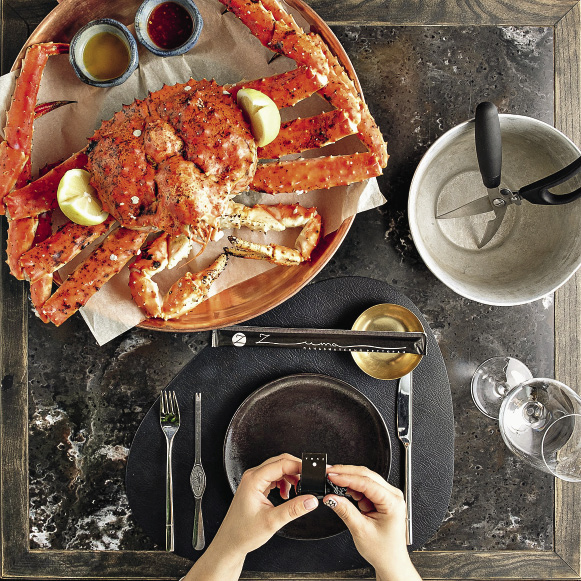
Another famous city beach is Steklyashka (“small piece of glass”). It got its name due to an unusual phenomenon: the entire coast is covered in small rounded colourful pieces of glass. Steklyashka is one of the only two “glassy” beaches on the planet, the other one is in California.
Every year, when the summer comes, hordes of beach lovers rush to the Primorsky Territory. The entire coast of Primorsky Territory is covered with cars from Khabarovsk, Amur region, Magadan and all across the Far East. The south-west of Primorye, the Khasan region, remains the all-time Mecca of independent wildlife tourism. It’s no coincidence that this place is called the “pearl of the Primorye coast”. Until very recently, economic activity here was strictly limited as 37% of the Khasan is a protected nature area, making the region ecologically pristine.
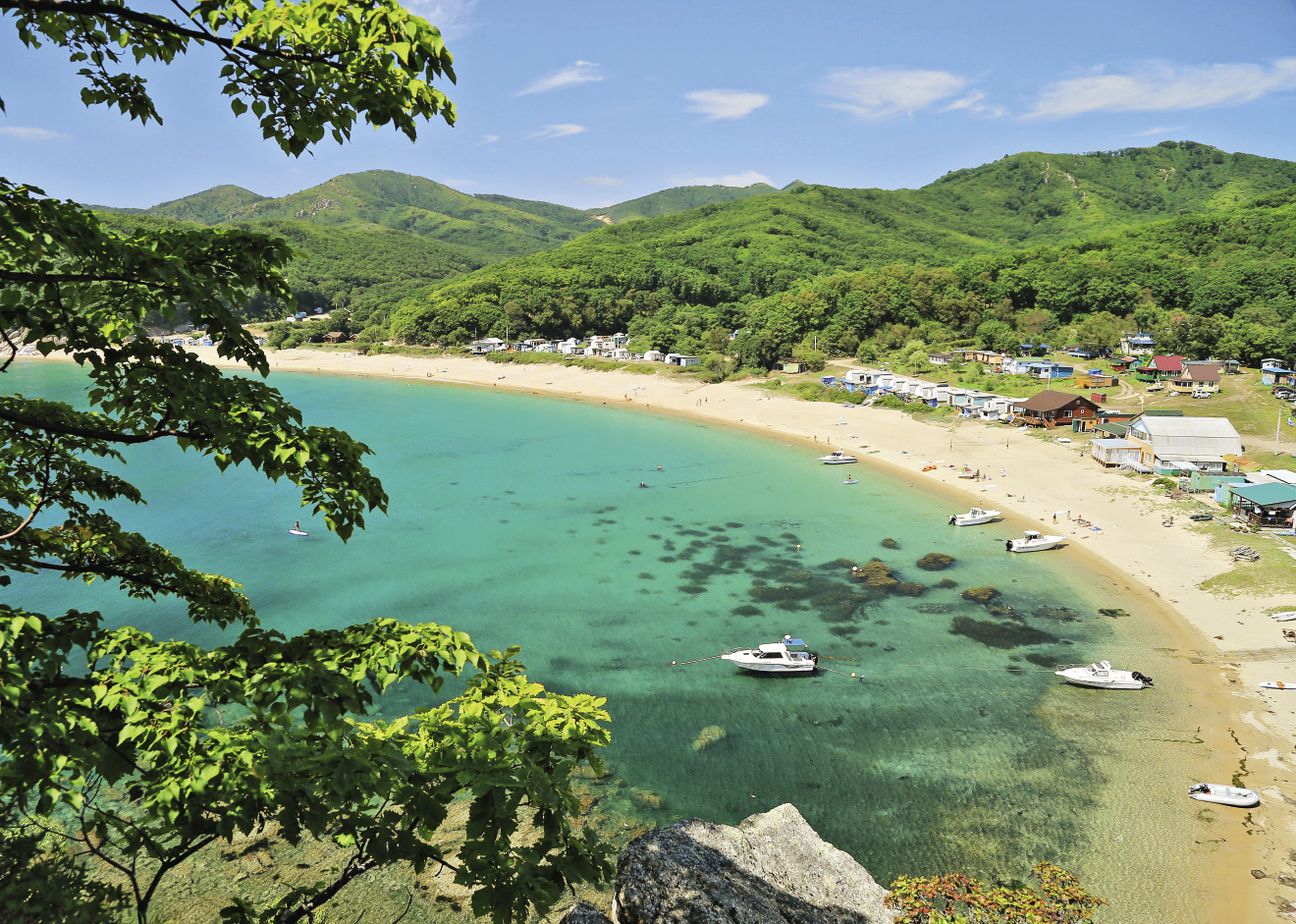
Khasan has a welcoming, mild, almost subtropical climate. It’s known and loved for its cosy coves and magical beaches, turquoise sea and rich underwater scenery, as well as its fretwork of rocks overgrown with Japanese red pines. The beauty of Khasan is an endless source of inspiration for artists and photographers.
Into the Fog for the Taiga Spirit
Primorye is much more than seas and beaches. After all, the symbol of Primorye is a tiger, the lord of the Ussuri taiga — an audience with whom is not as difficult to get as it may seem. Located within an hour’s drive from Vladivostok is a safari park, where about 70 species of the Primorsky region fauna live in close to wild conditions. Those species include two very rare big cats: the Amur tiger and the Far Eastern leopard.
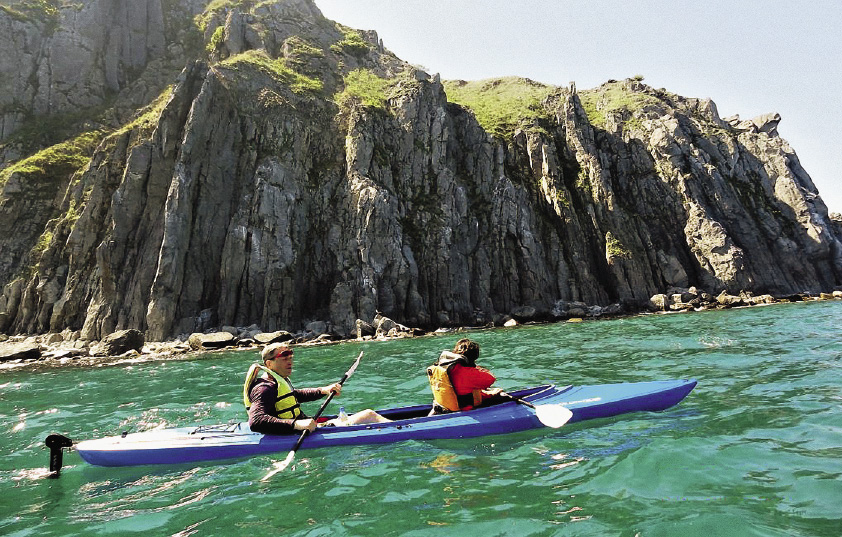
Primorye has always been considered a promising region for developing ecological tourism. Its mountains, rivers, lakes, waterfalls, ancient extinct volcanoes, and caves are equally unique from the scientific, educational and aesthetic perspectives.
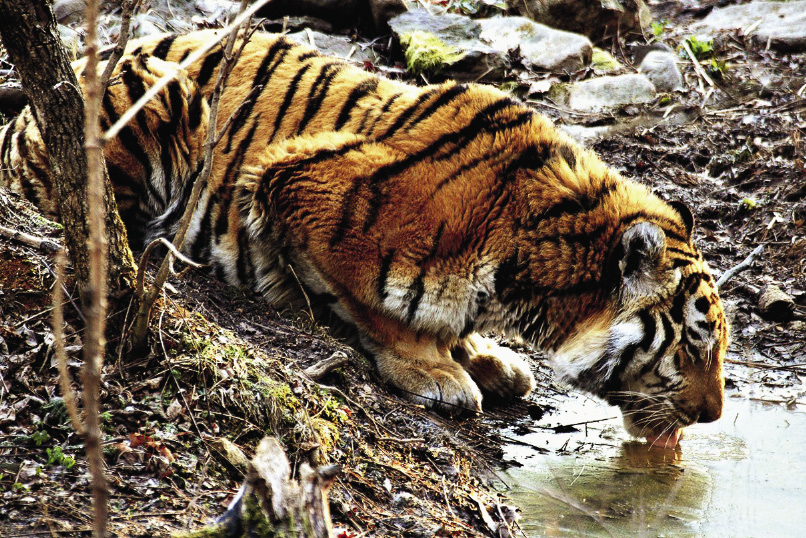
One can chose to be a true pioneer and head to the very north, the most road-free part of the region. These lands offer an unforgettable change to people bored with Thailand and the Maldives (or reluctant to ever go there): life in tents, days filled with fishing for trout and red fish in the refreshing mountain rivers, and rafting.
Not many chose this style of vacation now, but it will undoubtedly catch on. Each of the six reserves and four national parks in the Primorsky Territory are devoted to developing ecotourism. For instance, the Sikhote-Alin Nature Reserve, which is on the UNESCO World Heritage List, has developed several routes for exploring deep into the taiga and along the coast.
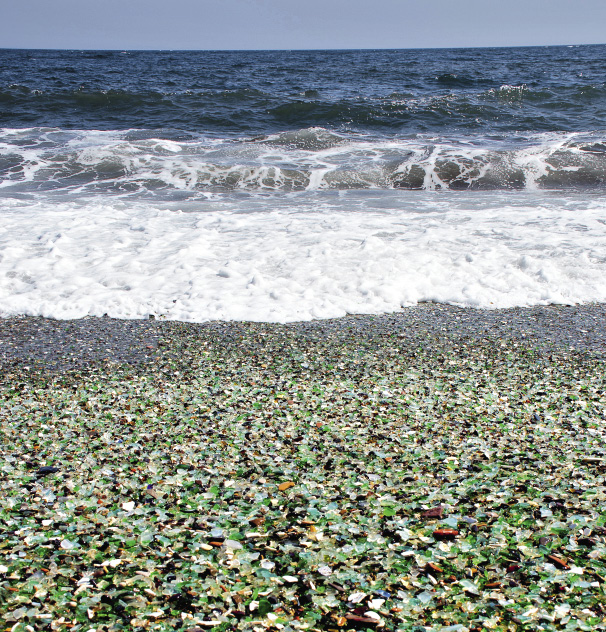
The array of places and types of recreation in Primorye is wide and diverse: from chilling on a pristine beach to studying the geography and biology of Primorye in the wild or going on gastronomic adventures in the local restaurants. Vladivostok and Primorye can fulfil your every wish.TLR

